"Sol Prendido" for Borderland Beat
One spring day in 2016, agents of the Drug Enforcement Administration learned that a major dealer of fentanyl, the potent painkiller being cooked up in Mexican cartel labs, had arrived on a flight to St. Louis.
They scrambled to assemble a team of agents and police to locate the dealer, Gerald Fitzgerald Hunter, and follow him.
After the officers spotted Hunter and two others carrying two duffel bags out of a Florissant storage facility, they pounced.
Handout photo of Gerald Hunter.
Hunter dropped the bags, but hopped the fence, running right out of his black Gucci flip-flops, and disappeared for the next three years.
When agents opened the duffel bags, they discovered nearly 27 kilograms, or 59 pounds, of fentanyl. Officials said it represented 13 million doses. It remains the largest fentanyl bust the St. Louis area.
But federal officials said the case is important for other reasons, and in a rare move volunteered to speak about it before Hunter’s sentencing next month.
Officials spoke both because of the unusual nature of the case — the quantity of drugs involved, the amount of time the main defendant was on the loose and the effort expended to find and arrest him — and the danger of the drug involved.
Fentanyl is now being pressed into pills that resemble prescription medication. But there is no quality control in the Mexican labs where drug cartels are manufacturing it, so no way to know the quantity of fentanyl that’s inside, said Colin Dickey, assistant special agent in charge of the St. Louis office of the DEA.
Dickey said fentanyl has caused a huge uptick in overdose deaths, more than 100,000 from April 2020 to April 2021. Officials seized 15 million pills this year, the same as the number seized in the two prior years combined. Dickey said DEA statistics show 40% of pills contain what could be a lethal dose of fentanyl.
“It’s readily available. It’s being mass-produced and it’s being brought into the United States in record quantities,” Dickey said.
Hunter’s fentanyl dealing and his disappearance would eventually make him a “major case fugitive,” on the short list of most highly sought-after fugitives by the U.S. Marshals, who specialize in seeking them out.
Justin Barlow, Supervisory Deputy U.S. Marshal, said the case is an example of “pure tenacity” by fugitive investigators.
Joseph Hogan, a lawyer who represented one of Hunter’s girlfriends, said, “This could be a made for TV (movie).”
The account of the investigation, arrest and search for Hunter is based on court records, including plea agreements, and interviews with defense lawyers and federal agents.
Hunter’s lawyers did not return calls and messages seeking comment.
The biggest fentanyl bust
The investigation began in late 2016, when St. Louis police Detective Thomas Scanlon heard that Bryan Keith Warren was dealing cocaine.
Investigators would eventually learn that Warren, now 43, was wholesaling heroin for the group. It was actually fentanyl or heroin mixed with fentanyl, which was just then emerging in the area, Dickey said. It was so new that the DEA’s sole source of information about its street value was the confidential informer who was involved in the investigation.
DEA agents used a confidential informer to buy fentanyl from Warren. Wiretaps revealed that Andon Demarcus Templer, now 49, supplied Warren with drugs and that Hunter supplied Templer.
In late April 2017, agents intercepted a call from Hunter to Templer. Hunter was arriving at the airport from Los Angeles and needed a ride. Agents and officers scrambled to find Templer and Hunter and find out what was going on. Dickey called it “phenomenal work” to have assembled a team so fast.
After nine agents and task force officers at the Life Storage facility in Florissant moved in, Templer’s girlfriend, who was driving, tried to speed away. Another man, who had unpacked the drugs, tried to run away. Hunter jumped out with the duffel bags, then dropped them and also ran.
Inside the bags were 27 heat-sealed packages containing about 26.5 kilos of fentanyl. They also found furniture with hidden compartments that had been used to ship the drugs from California.
Early the next morning, they raided a series of locations in the St. Louis area, seizing $35,000, drug sales records and Hunter’s Macy’s credit card from the Kirkwood home, three pistols, an AK-47-style rifle and drugs from the tow lot and a gun, 10 pounds of marijuana and two presses used to make bricks of heroin or fentanyl and drug paraphernalia from an apartment in St. Louis.
Drugs were hidden behind a false panel in this piece of furniture, which was then shipped to St. Louis, officials say. Photo courtesy of the U.S. Attorney's office.
They learned that Hunter’s group also bought vehicles in Los Angeles and shipped them to St. Louis with drugs hidden inside. They were shipped back stuffed with cash, some of which was used to buy a $650,000 home in Los Angeles.
Barefoot and on the run
When Hunter fled from agents, he ran right out of his black Gucci flip-flops and left behind his Burberry coat, with cash and an ID inside.
“I still don’t know how that happened,” said Joel Schwartz, the lawyer who represented Webb, about the escape.
Lawyer Joseph Hogan, who represented a Hunter girlfriend in the case, said, “Barefoot in Florissant and it takes three years to find this guy.”
Although agents had his name, address and date of birth, they had little else to go on. Hunter had popped up at an early stage of the investigation, before agents had gathered much information.
The U.S. Marshals fugitive task force normally performs a “pattern of life analysis,” looking at where someone lives, what they drive and with whom they associate.
“Our entire job is predictive analytics,” said a fugitive investigator who worked on the case but didn’t want his name used due to Hunter’s connections to Mexican drug cartels. Marshals then surveil or interview the people, addresses and other connections that surface in the pattern analysis.
But Hunter was unusually savvy and experienced. He’d spent 12 years in prison after being convicted of leading a cocaine conspiracy in the 1990s, and was determined not to go back.
He stayed off social media, and had multiple addresses, connections to multiple states and spent time in multiple social circles, Barlow and the investigator said in an interview.
In the St. Louis office, where they do 200 to 300 fugitive investigations a year, it normally it takes days, weeks or maybe a month to find someone, the investigator said. It’s rare for it to take longer than a year.
Hogan, the lawyer for one of Hunter’s girlfriends, Temne Hardaway, said Hunter must have had a lot of friends to stay hidden for so long.
Hunter was both charming and intelligent, Hogan said. “Anyone who rises to their top of their business world, whether it’s legal or illegal, has to be pretty intelligent or charismatic. And he was both.”
He also wasn’t afraid to take advantage of others, including Hardaway, Hogan said.
“He had a lot of people who believed in him and cared about him because they risked a lot by sheltering him all this time,” the lawyer said. “You don’t stay out on the lam without a lot of friends.”
Investigators in Los Angeles struck out. But in April 2018, DEA agents discovered that Hunter had somehow obtained a real Georgia driver’s license with his picture and someone else’s name. That July they raided a girlfriend’s apartment and found the passport pictures that were used in the ID. Then nothing.
Identification cards used by Gerald Hunter. Photo courtesy of the U.S. Attorney's office.
In January 2019, investigators started over, expanding that pattern of life analysis to Hunter’s associates, including known and suspected girlfriends.
Barlow and the investigator would not detail their methods to avoid teaching fugitives how to counter them. But they said by the spring of 2020, they knew someone was living in a specific apartment building in an upscale complex near the beach in Los Angeles in 2018, and that it merited more investigation.
An investigator interviewed an apartment manager, who later called back and said an employee recognized Hunter’s picture and had seen him that day.
Investigators then spent a week watching Hunter’s movements and preparing for the arrest.
He’d been driving a series of vehicles rented for him by a third party. He was also driving a car belonging to a girlfriend’s mother. She had denied knowing where Hunter was.
The arrest team assembled, with Los Angeles police and members of the DEA, Marshals, and Border Patrol. There was air support, a K-9 and members of at least three SWAT teams.
They confronted Hunter has he was opening his apartment door. He ran once again, but this time “into a wall of law enforcement,” the investigator said.
Hunter allowed agents to search his apartment, where they found $220,000 and guns.
And being Los Angeles, they also found “G-Code,” a screenplay about criminal life.
Facing decades
Officials said investigators spent a total of 10,698 hours working on the whole case. Hunter is the final defendant to be sentenced, as all 10 others who were charged pleaded guilty. Templer got 15 years.
Warren, below him in the organization, received 10 years, and the others received lesser amounts.
At that hearing next month, Hunter, now 56, could face decades in prison after being convicted at trial in U.S. District Court in St. Louis in October of conspiracy to distribute fentanyl, possession with intent to distribute fentanyl, conspiracy to distribute cocaine and two counts of money laundering.
Dickey said agents are hoping he gets 40 years.
stltoday





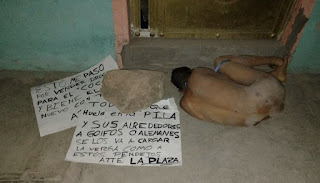




















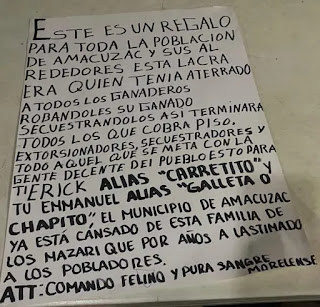
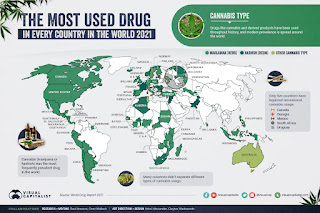


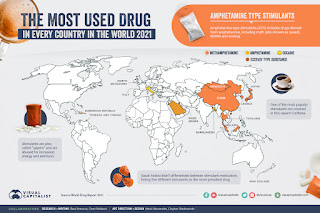


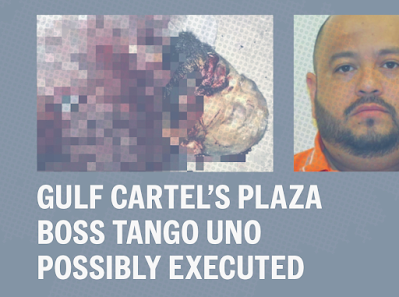


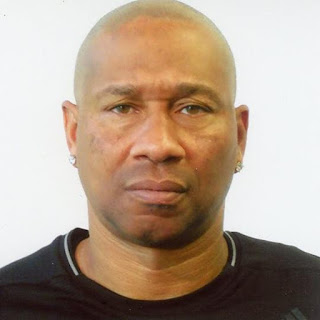





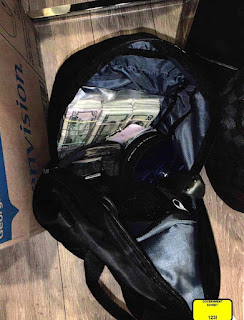






.webp)


